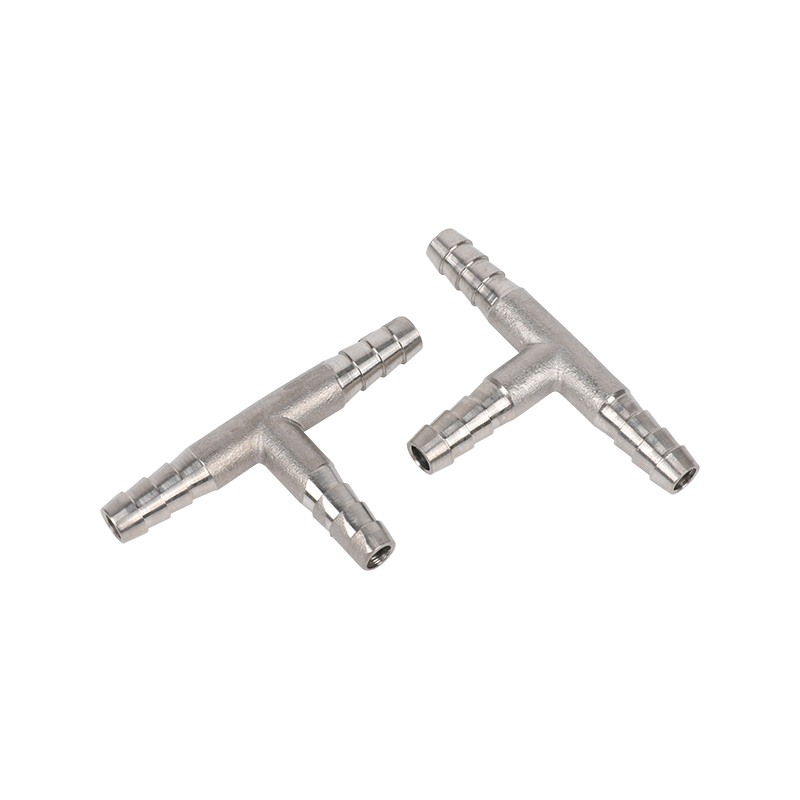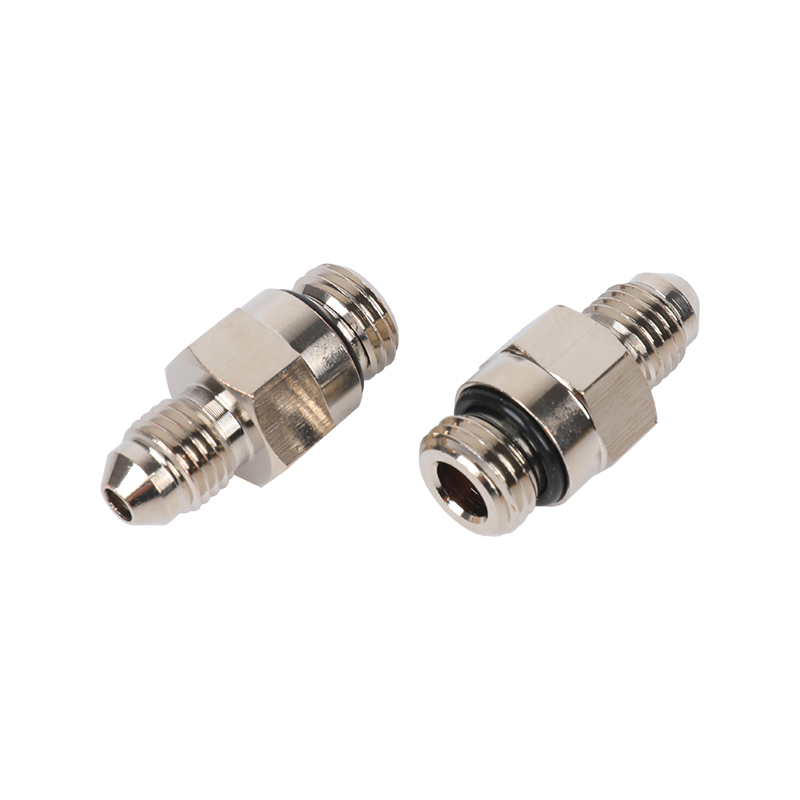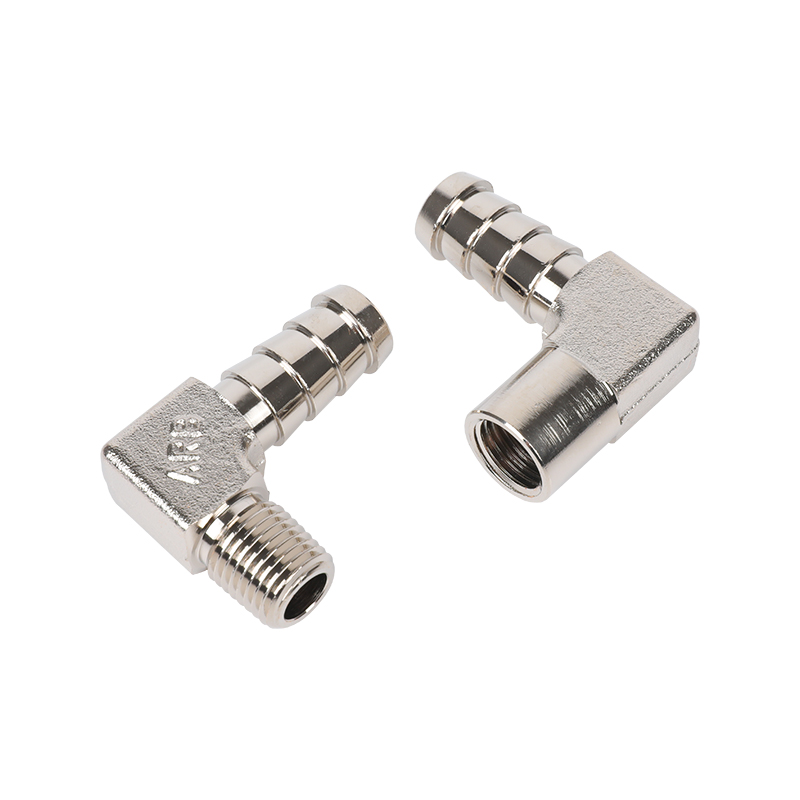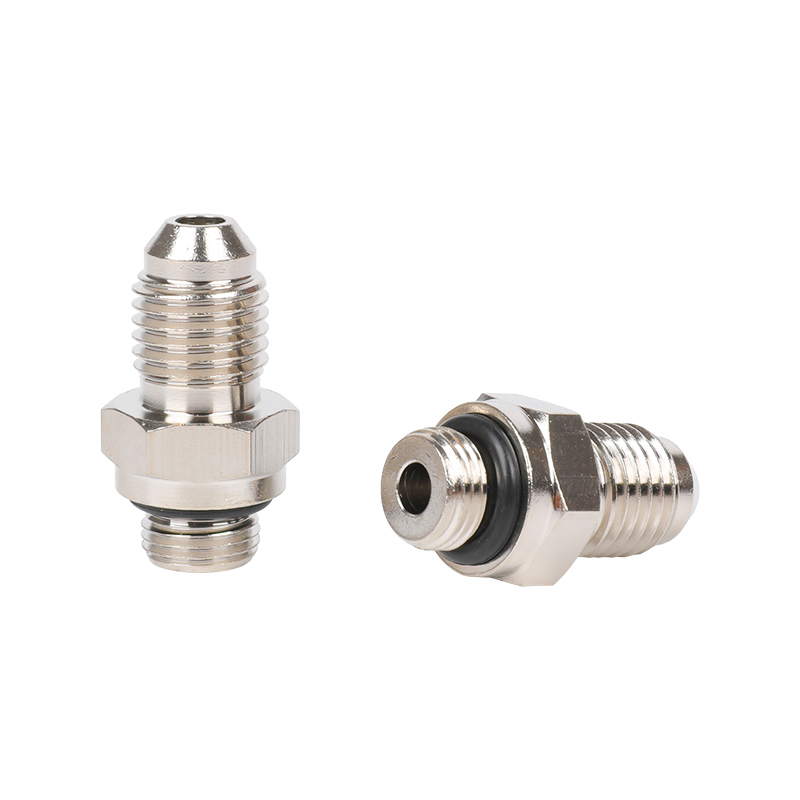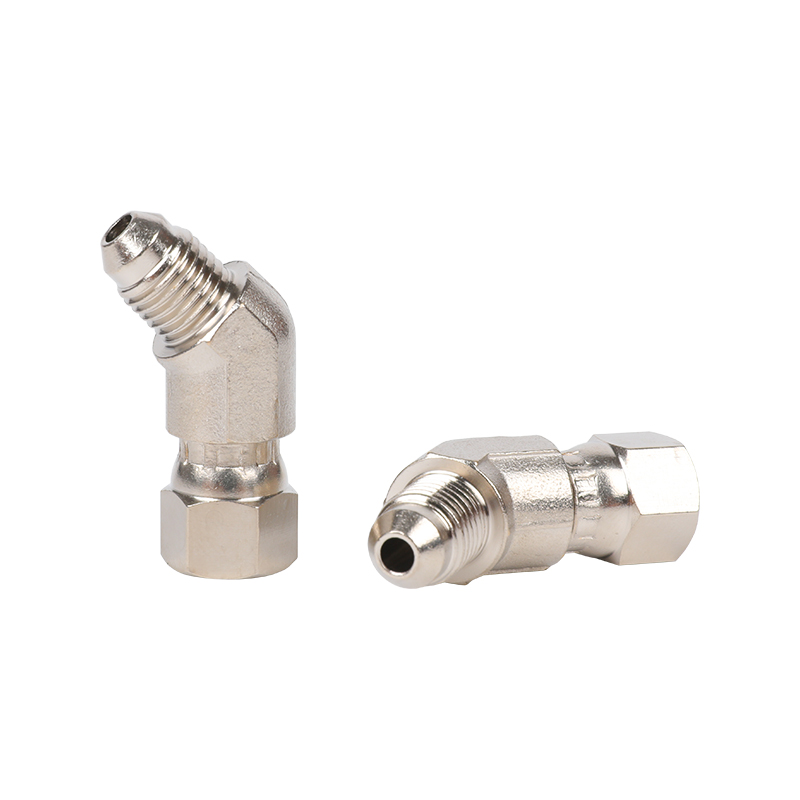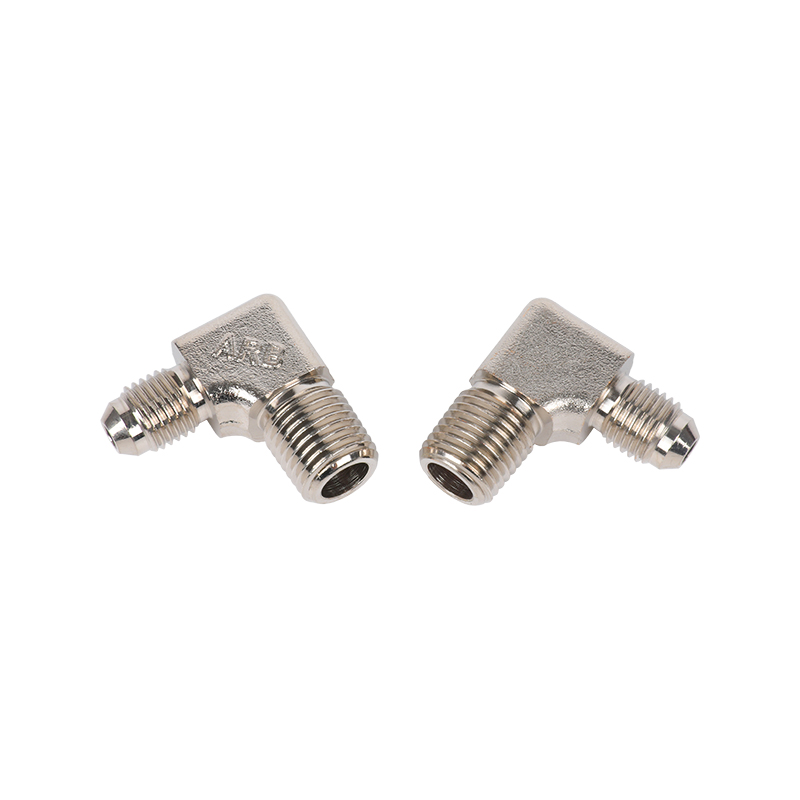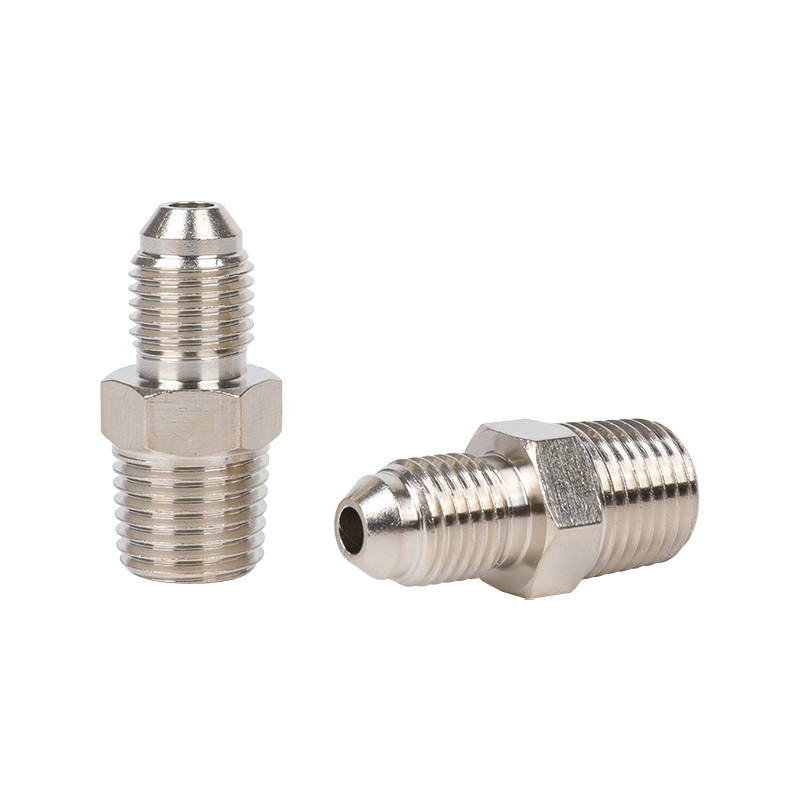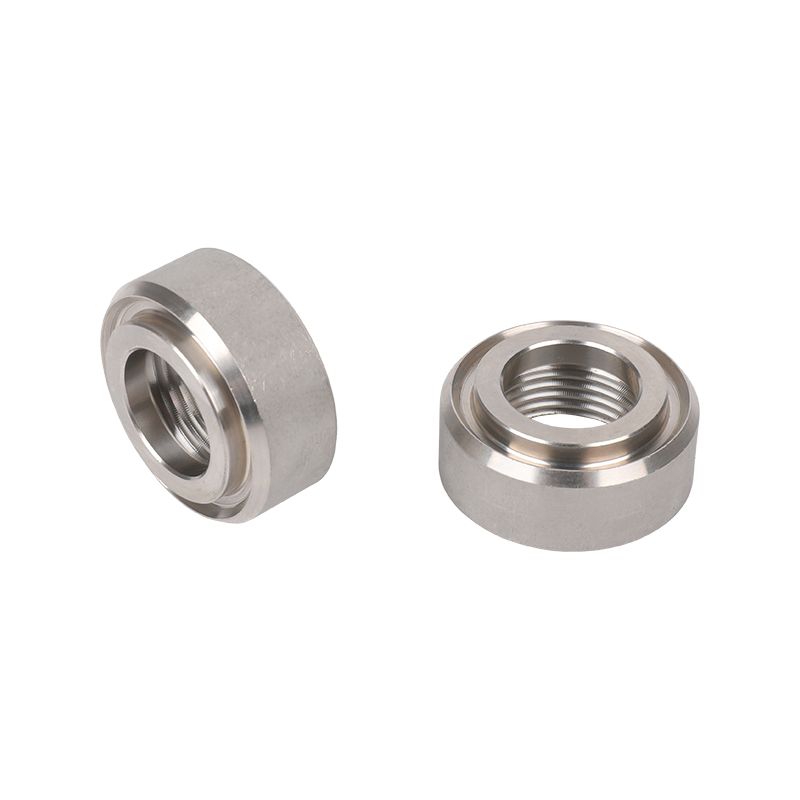How Do You Identify and Troubleshoot Hydraulic Hose Fitting Issues?
Author:admin Date:2024-03-11
1.Visual Inspection:
Conduct a thorough visual inspection of hydraulic hose fittings in a well-lit area.
Look for signs of wear, including scratches, nicks, or gouges on the fittings and hoses.
Inspect for any signs of deformation or distortion that may indicate excessive stress or pressure on the fittings.
Pay attention to the condition of seals and O-rings, checking for cracks, tears, or distortion.
2.Leak Detection:
Use a clean rag to wipe down hydraulic fittings and hoses to remove any accumulated dirt or grime that may obscure leaks.
Look for localized wet spots, drips, or puddles of hydraulic fluid around fittings and connections.
Perform a dye or fluorescent leak detection test by adding a tracer dye to the hydraulic fluid and using a UV light to identify leaks more easily.
3.Pressure Testing:
Use a hydraulic pressure gauge to measure system pressure during operation and compare it to the recommended operating pressure specified by the manufacturer.
Slowly increase system pressure while monitoring for any sudden drops or fluctuations that may indicate leaks or pressure losses.
Record pressure readings at various points in the hydraulic system to identify potential areas of concern.
4.Tightening and Securing Fittings:
Use a torque wrench or appropriate tools to tighten hydraulic hose fittings to the manufacturer's recommended torque specifications.
Inspect threads for signs of damage or stripping, which may require replacement of the fitting or component.
Check for proper alignment of fittings and ensure that hoses are not twisted or kinked, which can lead to leaks or premature failure.
5.Inspect Hose Condition:
Flex hydraulic hoses gently to check for signs of stiffness, brittleness, or cracking that may indicate deterioration of the rubber or plastic material.
Look for bulges or ballooning along the length of the hose, which may indicate internal damage or weakening of the reinforcement layers.
Pay special attention to hose ends and fittings, as these areas are prone to damage from abrasion, bending, and pressure.
6.Check for Contamination:
Inspect hydraulic fluid for visible particles, cloudiness, or discoloration, which may indicate contamination with dirt, water, or other foreign substances.
Use a particle counter or microscope to analyze fluid samples for the presence of contaminants and determine the cleanliness level of the hydraulic system.
Implement preventive measures such as installing filters and seals to prevent contaminants from entering the hydraulic system.
7.Verify Compatibility:
Refer to hydraulic system specifications and component manuals to ensure that hose fittings are compatible with the fluid type, temperature range, and pressure rating of the system.
Consult with hydraulic component suppliers or manufacturers to select fittings that meet specific application requirements and performance standards.
Consider environmental factors such as exposure to chemicals, UV radiation, and extreme temperatures when choosing hydraulic hose fittings for outdoor or industrial applications.
8.Addressing O-Ring and Seal Issues:
Inspect O-rings and seals for signs of wear, compression set, or chemical degradation that may compromise sealing effectiveness.
Use a magnifying glass or microscope to examine O-ring surfaces for cuts, tears, or imperfections that could lead to fluid leakage.
Replace damaged or worn O-rings and seals with high-quality, compatible replacements to maintain proper sealing integrity and prevent fluid leaks.
9.Performing Functional Tests:
Conduct functional tests of the hydraulic system under normal operating conditions to evaluate performance and identify any issues or abnormalities.
Monitor system parameters such as pressure, flow rate, temperature, and response time to ensure that hydraulic hose fittings are functioning as intended.
Use diagnostic tools such as flow meters, pressure transducers, and data loggers to collect data and troubleshoot performance issues systematically.
Hydraulic Fitting
Stainless steel hydraulic fittings are used in a variety of hydraulic systems to connect hoses, pipes, and other components. These fittings are made of stainless steel, which is a durable and corrosion-resistant material that can withstand high pressures and temperatures. Stainless steel hydraulic fittings are typically used in high-pressure and high-temperature environments, such as in aerospace and defense applications, as well as in chemical processing and offshore oil and gas operations. They are also commonly used in the food and beverage industry due to their corrosion resistance and ability to withstand harsh cleaning processes.
Hydraulic Fitting
Stainless steel hydraulic fittings are used in a variety of hydraulic systems to connect hoses, pipes, and other components. These fittings are made of stainless steel, which is a durable and corrosion-resistant material that can withstand high pressures and temperatures. Stainless steel hydraulic fittings are typically used in high-pressure and high-temperature environments, such as in aerospace and defense applications, as well as in chemical processing and offshore oil and gas operations. They are also commonly used in the food and beverage industry due to their corrosion resistance and ability to withstand harsh cleaning processes.


 English
English Deutsch
Deutsch